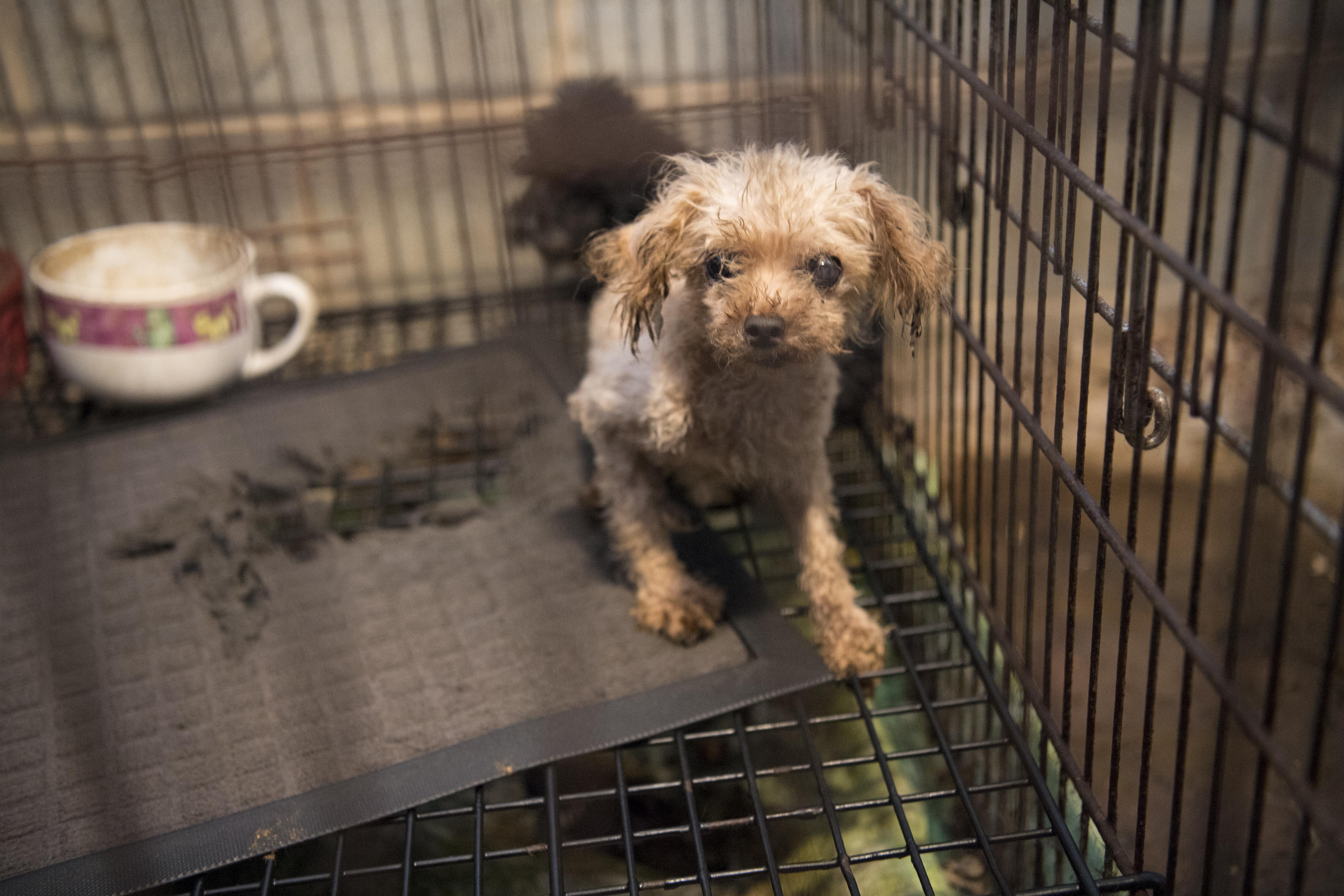TBI Blogs: India Has New Rules to Regulate Dog Breeding. Here Are 10 Reasons to Celebrate Them
The Prevention of Cruelty to Animals (Dog Breeding and Marketing) Rules, 2017 will make the field of dog-breeding more ethical and easily regulated. Here are 10 reasons why this is a great development.

Dog breeding has become a multi-crore industry, involving thousands of breeders and pet shops. Like any commercial activity of this scale, protections must be in place to ensure transparency.
If your four-legged friend came from one of India’s many unlicensed breeders, it’s very possible that he is the product of intensive, and potentially inhumane, breeding practices.

After years of campaigning by animal welfare organisations, the government has stepped in to tackle some of the animal cruelty issues associated with commercial dog breeding. The Prevention of Cruelty to Animals (Dog Breeding and Marketing) Rules, 2017 were notified into law by the Ministry of Environment & Forests at the end of May 2017. Here are 10 reasons why we should all be celebrating these new rules:
1. Under the new rules, every breeder must have a certificate of registration, issued after an inspection by the State Animal Welfare Board, and renewable every two years. This should put a stop to some of the most extreme animal cruelty cases uncovered in commercial breeding facilities, which include dogs being kept in cages for extended periods of time without adequate food or access to veterinary care.
2. Individuals who have been convicted of any offence under the Prevention of Cruelty to Animals Act (or the Wildlife Protection Act) are not eligible to be registered as breeders, taking the worst offenders out of the system for good.

3. The State Animal Welfare Board now has the right to inspect any breeding establishment for any reason, including on the receipt of a complaint from the public. If you come across dogs being kept for sale inappropriately, you now have the power to ensure the situation is looked into seriously.
4. Overall, the new rules provide a stronger hand for dealing with breeders, and separating those who breed irresponsibly by holding violators of the new rules accountable. If violators are found by the State Animal Welfare Board, then they can cancel licences and file police complaints.
5. Another benefit of the new regulations is that they specify that pups cannot be sold under the age of eight weeks. Studies show that dogs can develop social anxiety if separated from their mothers and litter-mates before this age.
Separating them too early also often leads to behavioural problems, creating an often difficult situation for both the owner and the dog.

6. Due to lack of appropriate care, pups from mass commercial breeders are often diseased, weak, and generally unhealthy animals, resulting in heavy mortality. Under the new rules, only vaccinated dogs who meet certain health criteria can be sold. Each pup sold should be micro-chipped, and their treatment and vaccinations properly recorded. This makes it much easier for buyers to track the care that their dog has received, and also encourages breeders to take care of the health of dogs.
7. Impulse purchases based solely on appearance have been common. This often leads to abandonment of dogs when purchasers aren’t counselled appropriately to ensure that the dog is a good fit. The new rules explicitly state that breeders should not display dogs in public places for immediate sale, which gives them time to counsel the purchasers to ensure they can take proper care of the dog.
8. Some of the worst cases of animal cruelty concern ‘breeding’ dogs . It’s common for female dogs to undergo breeding twice a year for multiple years, with little or no veterinary care.
The rules require the breeder to maintain records of all the animals in the establishment, including the ‘breeding’ dogs, also ensuring their welfare.

9. The practice of abandoning (or even killing) dogs who don’t meet arbitrary standards, or are no longer ‘useful’ (for example, ‘breeding’ dogs who are no longer fertile) is a major cruelty issue. Abandonment is not only traumatic for the animal, but also contributes to the street dog population. It is also a major strain on the resources of animal rescue centres.
Breeders must now rehabilitate pups not sold within six months via an animal welfare organisation. They must also maintain a full record of the number of dogs who are born, or die, in their care. A veterinary doctor must record the cause of death, after conducting a post-mortem examination.
10. Pedigree dogs, by their very nature, have a range of genetic issues due to generations of selective breeding. For example, Saint Bernards have hip and elbow dysplasia, pugs have skin and breathing issues, etc. Inbreeding can worsen these traits. The new rules demand better record-keeping. Thus, there are disincentives to breed dogs with near-relatives, as there is a paper trail accessible to potential buyers.
While the Dog Breeding & Marketing Rules are a step in the right direction, they will only work if consumers are aware of them, and refuse to buy pups from unlicensed sellers.

Find out about HSI’s current campaigns, and how you can contribute, on the website.
Like this story? Or have something to share?
Write to us: [email protected]
Connect with us on Facebook and Twitter.
NEW: Click here to get positive news on WhatsApp!
If you found our stories insightful, informative, or even just enjoyable, we invite you to consider making a voluntary payment to support the work we do at The Better India. Your contribution helps us continue producing quality content that educates, inspires, and drives positive change.
Choose one of the payment options below for your contribution-
By paying for the stories you value, you directly contribute to sustaining our efforts focused on making a difference in the world. Together, let’s ensure that impactful stories continue to be told and shared, enriching lives and communities alike.
Thank you for your support. Here are some frequently asked questions you might find helpful to know why you are contributing?


This story made me
-
97
-
121
-
89
-
167











